Introduction
Welcome to a guide that addresses a common concern for many individuals – how to get your period in one hour. In this comprehensive article, we’ll explore various methods, share personal experiences, and provide expert advice to help you navigate this topic confidently.
Understanding the Basics
Menstrual Cycle Overview
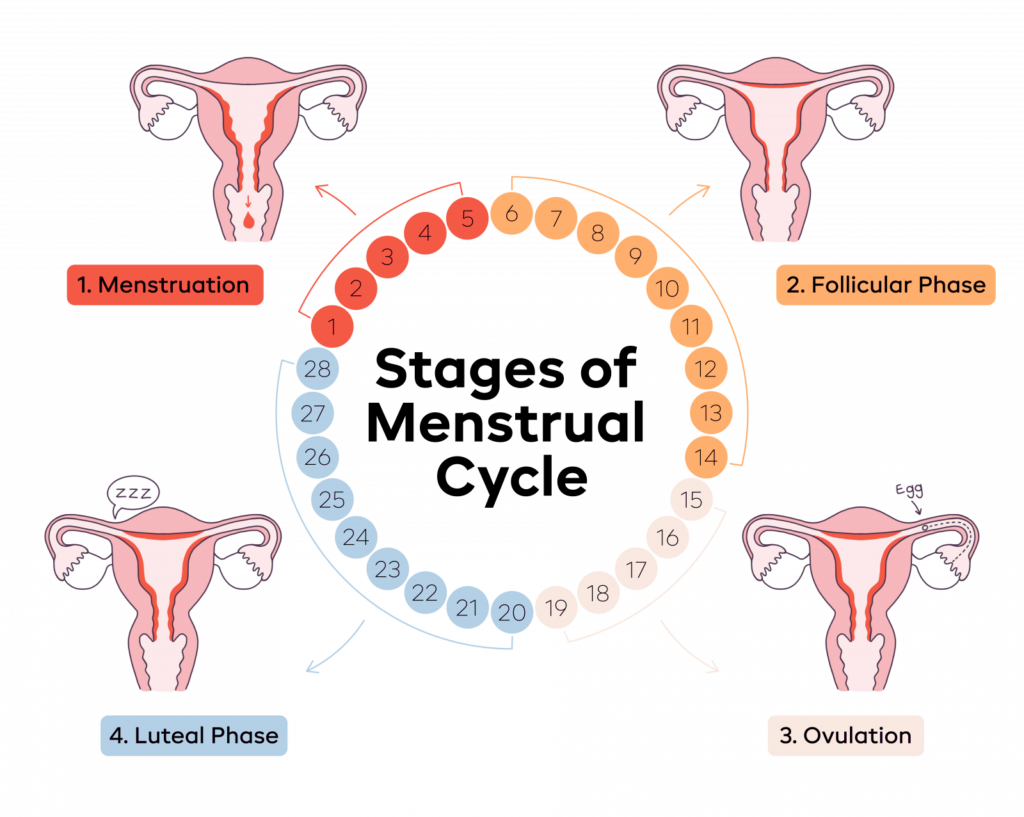
The menstrual cycle is a natural and intricate process that occurs in the female body, typically lasting around 28 days, although variations are common. It involves a series of hormonal changes orchestrated by the reproductive system to prepare for a potential pregnancy.
Phases of the Menstrual Cycle
- Menstrual Phase: This marks the beginning of the cycle, characterized by the shedding of the uterine lining, leading to menstruation.
- Follicular Phase: Following menstruation, the body prepares for ovulation. Hormones stimulate the development of follicles in the ovaries.
- Ovulatory Phase: Midway through the cycle, an egg is released from the ovary, ready for fertilization.
- Luteal Phase: If fertilization doesn’t occur, the body enters the luteal phase, where the uterine lining thickens in preparation for a potential pregnancy.
Hormonal Influence on the Menstrual Cycle
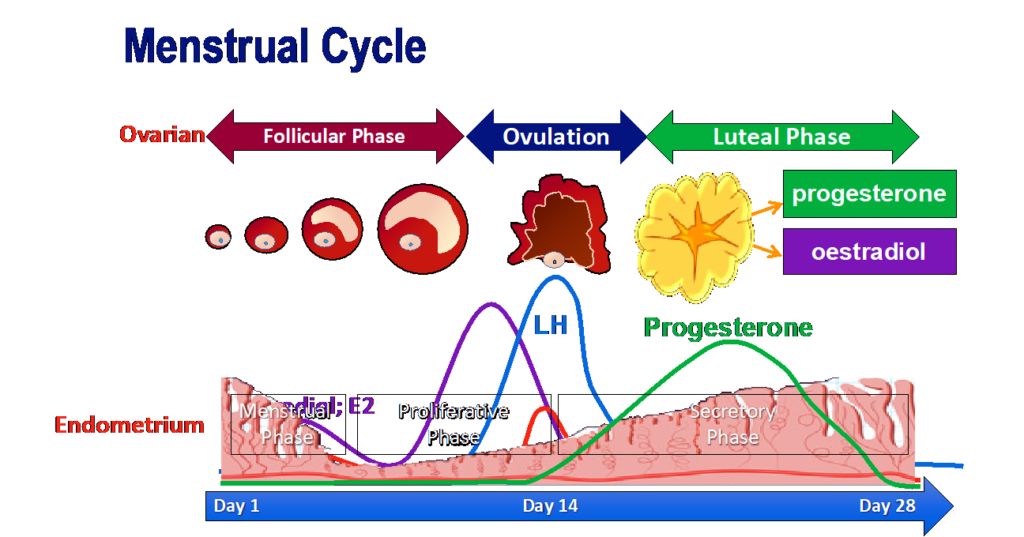
Key hormones, including estrogen and progesterone, play crucial roles in regulating the menstrual cycle. Fluctuations in these hormones orchestrate the various phases, influencing the timing of menstruation.
Understanding your menstrual cycle is essential when considering methods to influence its onset. In the following sections, we’ll explore signs that indicate your period is near and lifestyle approaches to potentially expedite its arrival.
Signs Your Period is Near
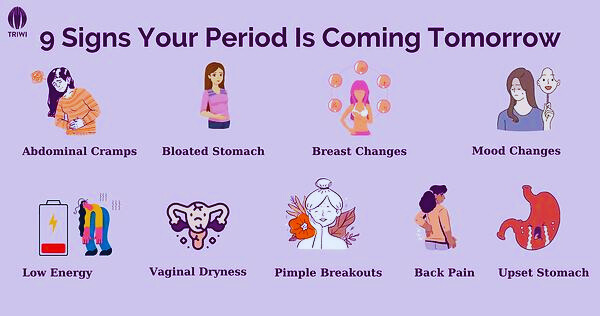
Understanding Your Body’s Signals
As you approach your menstrual cycle, your body provides subtle signs indicating that your period is near. Recognizing these signals can empower you to anticipate and prepare for the onset of menstruation.
1. Changes in Mood
One common sign that your period is approaching is mood changes. Hormonal fluctuations can lead to feelings of irritability, mood swings, or heightened emotions. Paying attention to these shifts can give you a clue that your period is imminent.
2. Breast Tenderness
Many individuals experience increased sensitivity or tenderness in their breasts as their period approaches. This is often linked to hormonal changes and can serve as a reliable indicator that menstruation is on the horizon.
3. Changes in Discharge
Observing changes in vaginal discharge is another telltale sign. As your body prepares for menstruation, you may notice alterations in the color and texture of vaginal discharge.
4. Abdominal Cramps
Mild abdominal cramps or discomfort may precede the onset of your period. These cramps are typically caused by the contraction of the uterine muscles.
5. Bloating
Increased water retention and bloating are common premenstrual symptoms. If you notice changes in your abdominal bloating, it could be a sign that your period is approaching.
6. Changes in Appetite
Hormonal fluctuations can also influence your appetite. Some individuals experience changes in cravings or appetite patterns in the days leading up to their period.
Recognizing these signs is a crucial step in understanding your menstrual cycle. In the next sections, we’ll explore lifestyle and dietary approaches that may positively impact the timing of your period, offering potential ways to expedite its arrival.
Lifestyle and Dietary Approaches
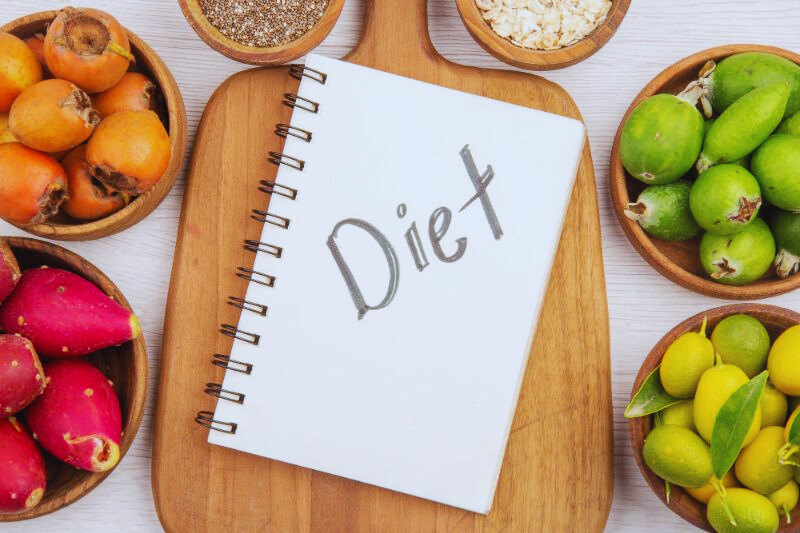
The Role of Nutrition in Menstrual Well-being
Maintaining a balanced and nutritious diet is fundamental to overall health, including menstrual health. Certain nutrients play a crucial role in supporting hormonal balance and ensuring a healthy menstrual cycle.
1. Iron-Rich Foods
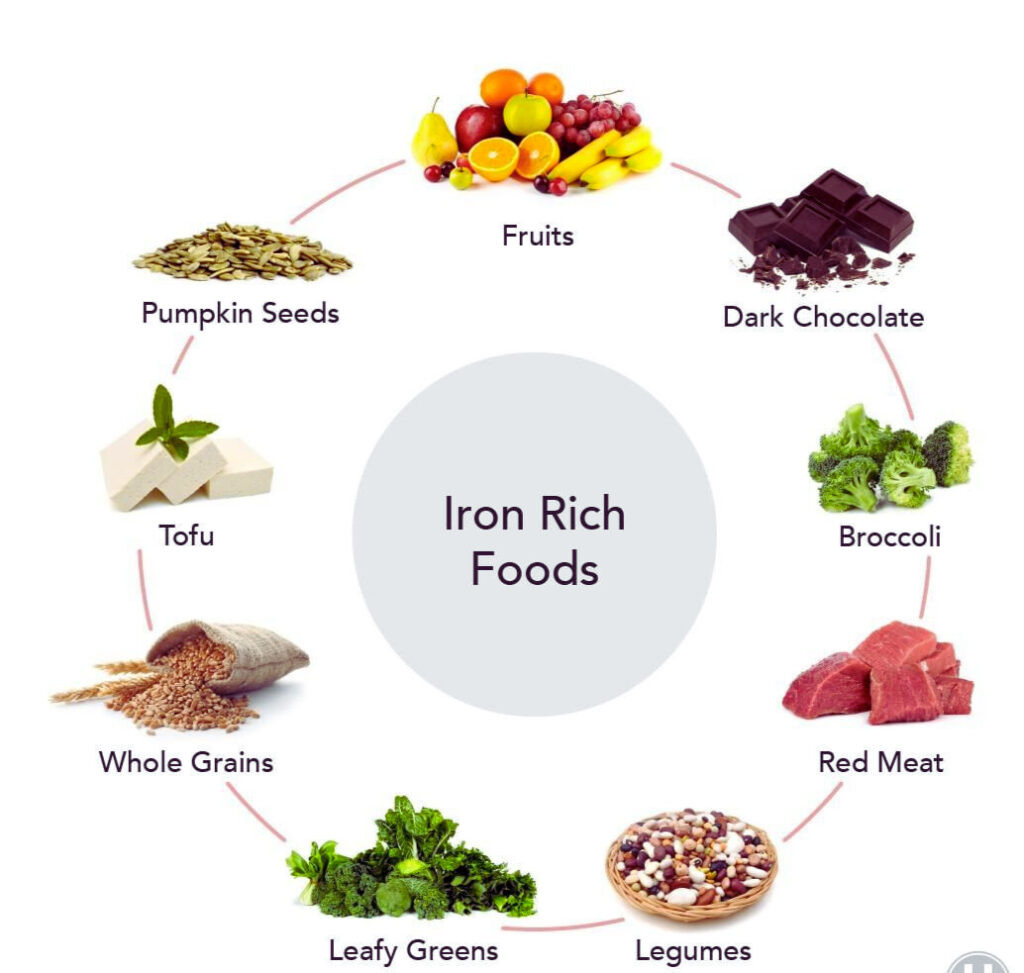
Iron is essential for carrying oxygen in the blood, and a deficiency can lead to fatigue and weakness. Incorporate iron-rich foods such as leafy greens, lean meats, and legumes to support your energy levels during menstruation.
2. Omega-3 Fatty Acids
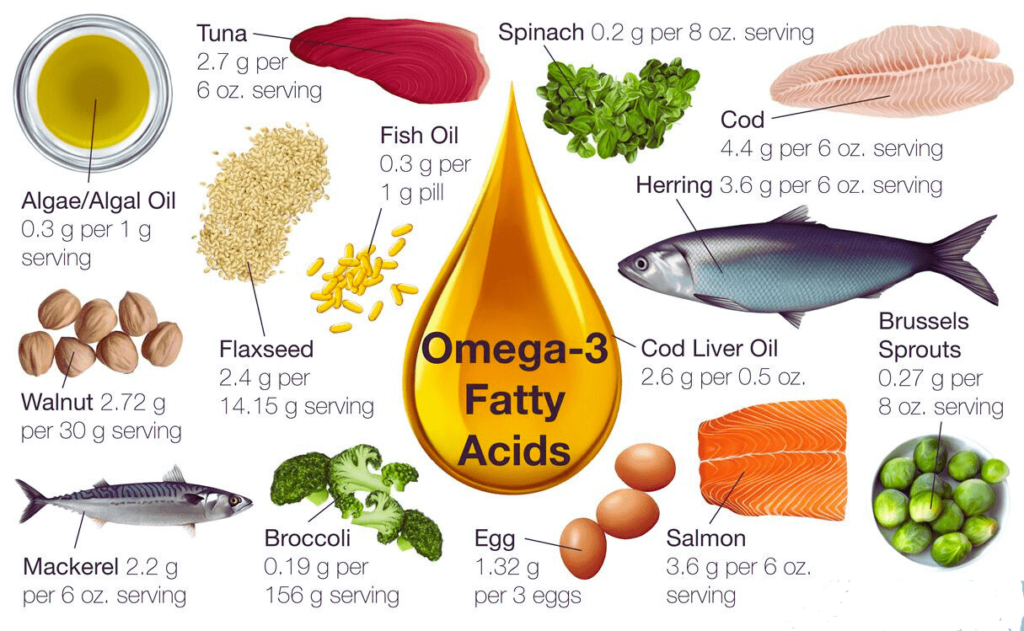
Omega-3 fatty acids have anti-inflammatory properties that may help alleviate menstrual cramps. Include sources like fatty fish, flaxseeds, and walnuts in your diet to benefit from their potential pain-relieving effects.
3. Calcium Sources
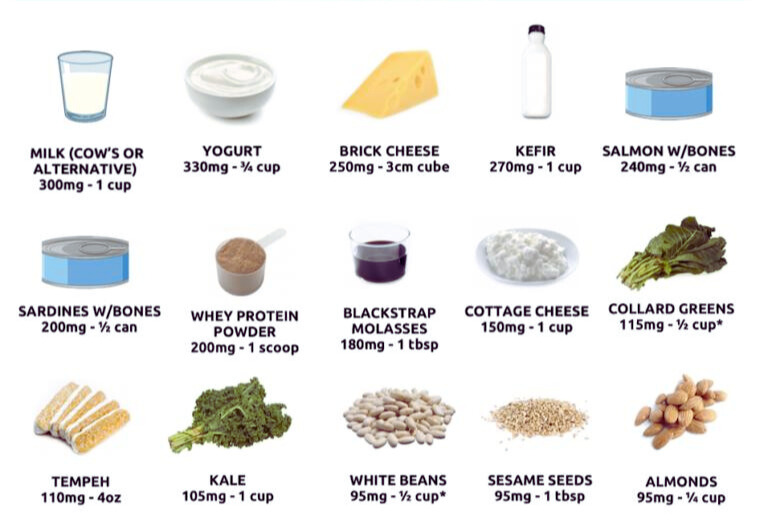
Calcium is vital for bone health and may also contribute to easing menstrual symptoms. Dairy products, leafy greens, and fortified plant-based milk are excellent sources of calcium to include in your diet.
4. Magnesium-Rich Foods
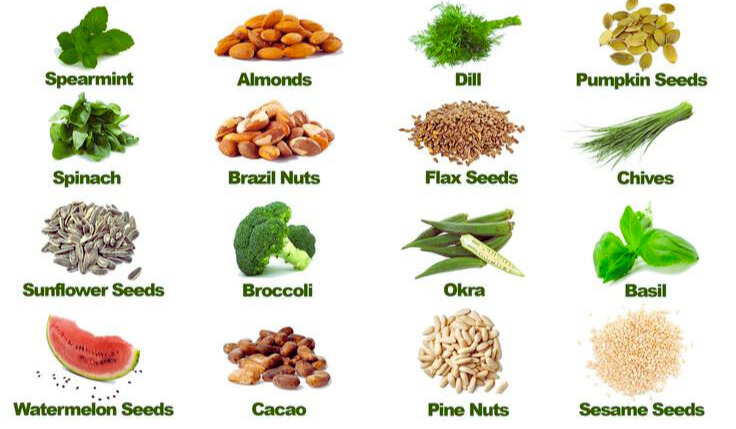
Magnesium plays a role in muscle function and relaxation. Increase your magnesium intake by consuming nuts, seeds, whole grains, and dark chocolate, potentially aiding in the reduction of menstrual cramps.
5. Hydration

Staying well-hydrated is crucial for overall health and can contribute to a smoother menstrual cycle. Ensure you drink an adequate amount of water throughout the day to support your body’s functions.
6. Limiting Caffeine and Sugar

Excessive caffeine and sugar intake may exacerbate menstrual symptoms. Consider reducing the consumption of caffeinated beverages and sugary foods to potentially alleviate discomfort.
By incorporating these nutritional elements into your diet, you provide your body with the necessary resources to maintain a healthy menstrual cycle. In the next section, we’ll explore the significance of hydration and its potential impact on expediting the onset of your period.
Hydration and Its Role
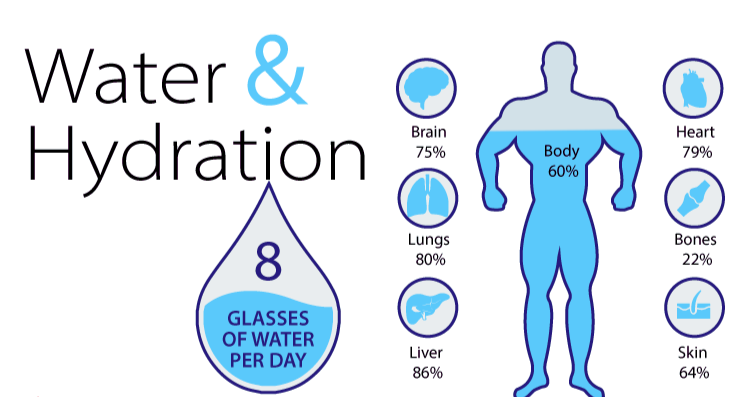
The Importance of Hydration for Menstrual Health
Staying adequately hydrated is crucial for overall health, and it also plays a significant role in supporting a healthy menstrual cycle. Dehydration can impact various bodily functions, potentially affecting the regularity of your period.
1. Water and Menstrual Regularity
Water is essential for maintaining the balance of bodily fluids, including those involved in the menstrual cycle. Proper hydration can contribute to a well-regulated cycle, potentially aiding in the timely onset of your period.
2. Alleviating Bloating
Increased water intake can help reduce bloating, a common premenstrual symptom. By flushing excess fluids from the body, hydration may contribute to a more comfortable experience leading up to menstruation.
3. Supporting Nutrient Transport
Water plays a crucial role in transporting nutrients throughout the body. Adequate hydration ensures that essential nutrients reach the reproductive organs, supporting overall menstrual health.
4. Electrolyte Balance
Maintaining electrolyte balance is vital for muscle function and overall well-being. Proper hydration helps support electrolyte balance, potentially reducing muscle cramps and discomfort during menstruation.
Tips for Staying Hydrated
- Drink at least eight 8-ounce glasses of water per day.
- Include hydrating foods in your diet, such as water-rich fruits and vegetables.
- Avoid excessive consumption of caffeinated and sugary beverages, as they can contribute to dehydration.
In the next sections, we’ll explore the impact of stress on menstrual health and effective stress management techniques. Understanding these aspects can provide valuable insights into encouraging the timely onset of your period.
Stress Management Techniques

Stress is a prevalent factor that can influence the regularity of the menstrual cycle. Understanding how stress affects the body is crucial when exploring methods to encourage the timely onset of your period.
1. Mindfulness Meditation
Engaging in mindfulness meditation can help alleviate stress by promoting relaxation and reducing anxiety. Dedicate a few minutes each day to practice mindfulness, focusing on your breath and being present in the moment.
2. Yoga and Stretching
Incorporate gentle yoga or stretching exercises into your routine to release tension and promote physical and mental well-being. These practices can contribute to stress reduction and support overall menstrual health.
3. Deep Breathing Exercises
Practice deep breathing exercises to calm the nervous system and reduce stress levels. Slow, intentional breathing can have a profound impact on your body’s response to stressors.
4. Adequate Sleep
Ensure you prioritize sufficient and quality sleep. Lack of sleep can contribute to increased stress levels, negatively affecting hormonal balance and menstrual regularity.
5. Time Management
Effectively managing your time and setting realistic goals can reduce the pressures that contribute to stress. Create a balanced schedule that allows for both work and relaxation.
6. Social Support
Connect with friends, family, or support groups. Sharing your feelings and experiences can provide emotional support and contribute to a more positive mindset.
By incorporating these stress management techniques into your lifestyle, you can create a conducive environment for the timely onset of your period. In the following sections, we’ll explore the impact of physical activity on menstrual health, including exercises and yoga poses that may positively influence the menstrual cycle.
Exercise and Its Impact on Menstruation

Physical activity is known to have a significant impact on overall health, and it can also influence the regularity of the menstrual cycle. Discover the connection between exercise and menstruation and how incorporating certain activities may positively affect your cycle.
1. Moderate Aerobic Exercise
Engaging in moderate aerobic exercises, such as brisk walking, jogging, or cycling, can contribute to overall well-being and potentially support a regular menstrual cycle. Aim for at least 150 minutes of moderate-intensity exercise per week.
2. Strength Training
Incorporating strength training exercises into your routine can have positive effects on hormonal balance. Building muscle mass may contribute to a healthier menstrual cycle.
3. Consistency is Key
Maintain a consistent exercise routine. Sudden and drastic changes in activity levels can potentially impact the menstrual cycle. Gradual adjustments and regularity are essential.
4. Yoga Poses for Menstrual Regularity
Certain yoga poses are renowned for their potential to regulate menstrual cycles. Poses like Child’s Pose, Cat-Cow, and Legs Up the Wall can promote relaxation and balance in the reproductive system.
5. Listen to Your Body
Pay attention to your body’s signals. If you experience excessive fatigue or stress due to intense exercise, consider adjusting the intensity and duration to ensure it aligns with your body’s needs.
6. Consult with a Healthcare Professional
If you have concerns about the impact of exercise on your menstrual cycle, consult with a healthcare professional. They can provide personalized advice based on your health and lifestyle.
By incorporating these insights into your approach to exercise, you can potentially support the regularity of your menstrual cycle. In the following sections, we’ll explore natural remedies and traditional practices that may play a role in encouraging the timely onset of your period.
Yoga Poses for Menstrual Regularity

Harnessing the Power of Yoga for Menstrual Wellness
Yoga has long been revered for its holistic benefits on both physical and mental well-being. Explore specific yoga poses that are believed to promote menstrual regularity and support overall reproductive health.
1. Child’s Pose (Balasana)
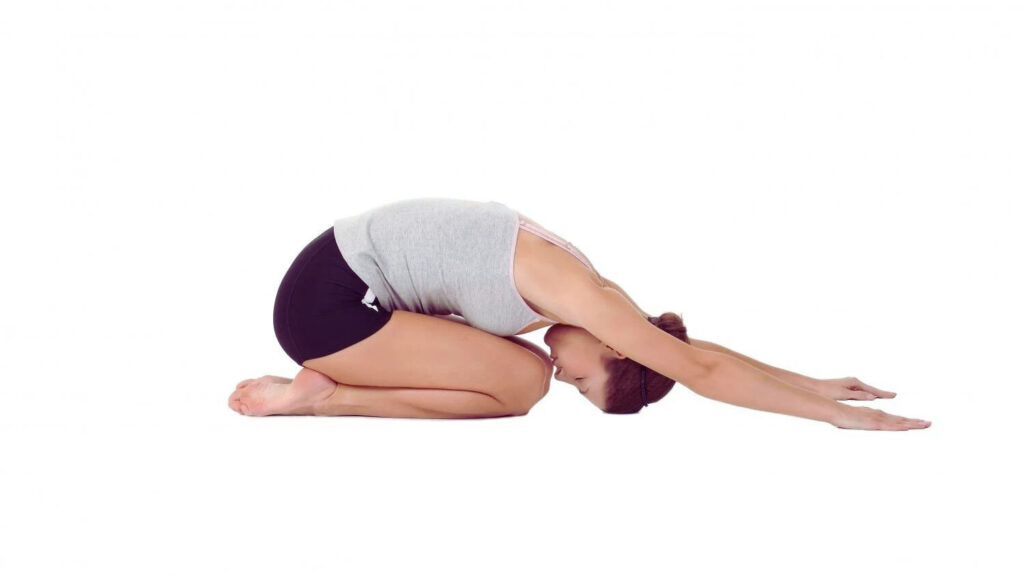
Begin on your hands and knees, then sit back on your heels with your arms extended forward. Child’s Pose is known for its calming effect, potentially reducing stress that may impact menstrual cycles.
2. Cat-Cow Stretch (Marjaryasana-Bitilasana)
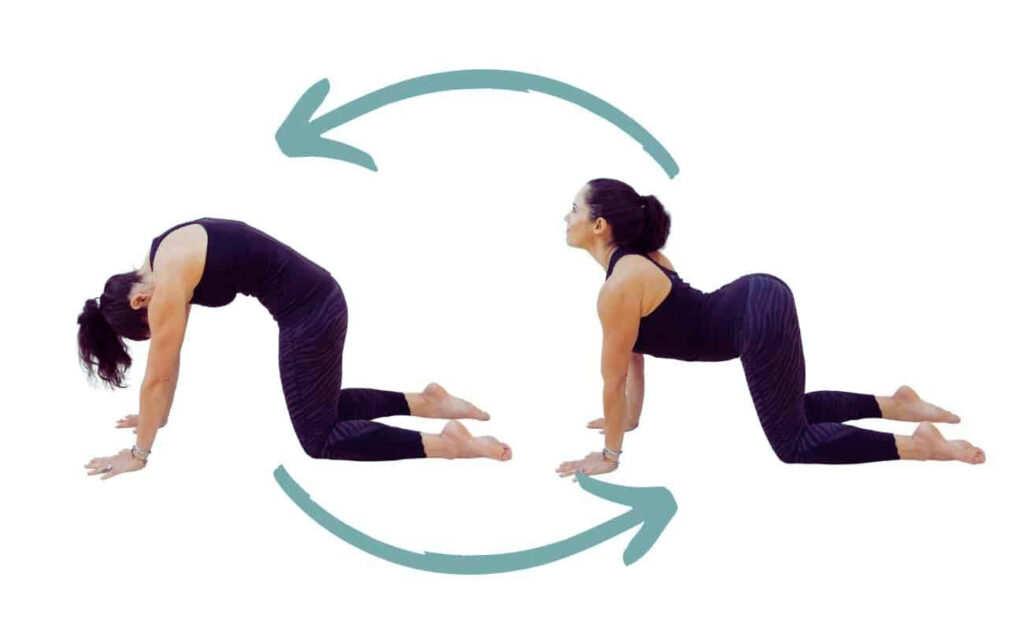
The flow between arching and rounding your back in a rhythmic motion. This dynamic stretch can help alleviate tension in the lower back and abdomen, potentially easing menstrual discomfort.
3. Legs Up the Wall (Viparita Karani)
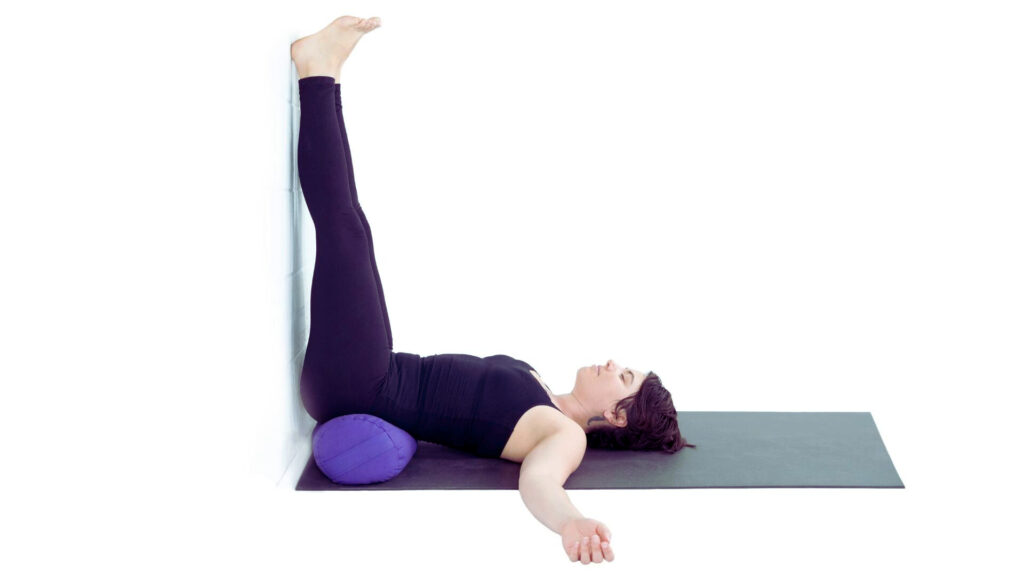
Lie on your back and extend your legs up against a wall. This pose is believed to encourage blood circulation in the pelvic area, potentially promoting a healthy menstrual flow.
4. Reclining Bound Angle Pose (Supta Baddha Konasana)

Lie on your back with the soles of your feet together and knees dropped to the sides. This restorative pose may help relax the pelvic muscles and alleviate tension.
5. Butterfly Pose (Baddha Konasana)

Sit with your feet together and knees out to the sides, resembling the wings of a butterfly. Butterfly Pose is thought to stretch the inner thighs and groins, potentially benefiting menstrual health.
6. Seated Forward Bend (Paschimottanasana)
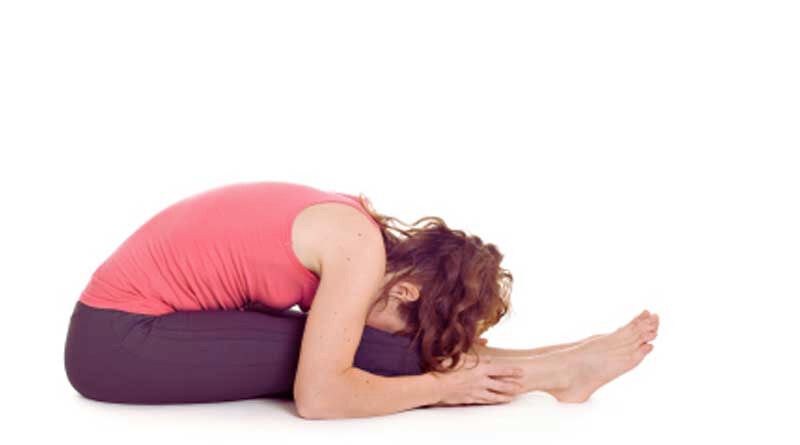
Sit with your legs extended forward and hinge at your hips to reach toward your toes. This forward bend may help relieve tension in the lower back and abdominal region.
Incorporating these yoga poses into your routine, especially during the premenstrual phase, may contribute to a more balanced and regulated menstrual cycle. In the following sections, we’ll explore the potential benefits of herbal teas and traditional practices for encouraging the timely onset of your period.
Herbal Teas and Infusions

Exploring the World of Herbal Remedies for Menstrual Wellness
Herbal teas and infusions have been valued for centuries for their potential health benefits. Discover a variety of herbs known for their traditional use in promoting menstrual health and potentially influencing the timely onset of your period.
1. Ginger Tea

Ginger is renowned for its anti-inflammatory properties. Ginger tea may help alleviate menstrual cramps and discomfort, potentially contributing to a smoother menstrual cycle.
2. Chamomile Infusion
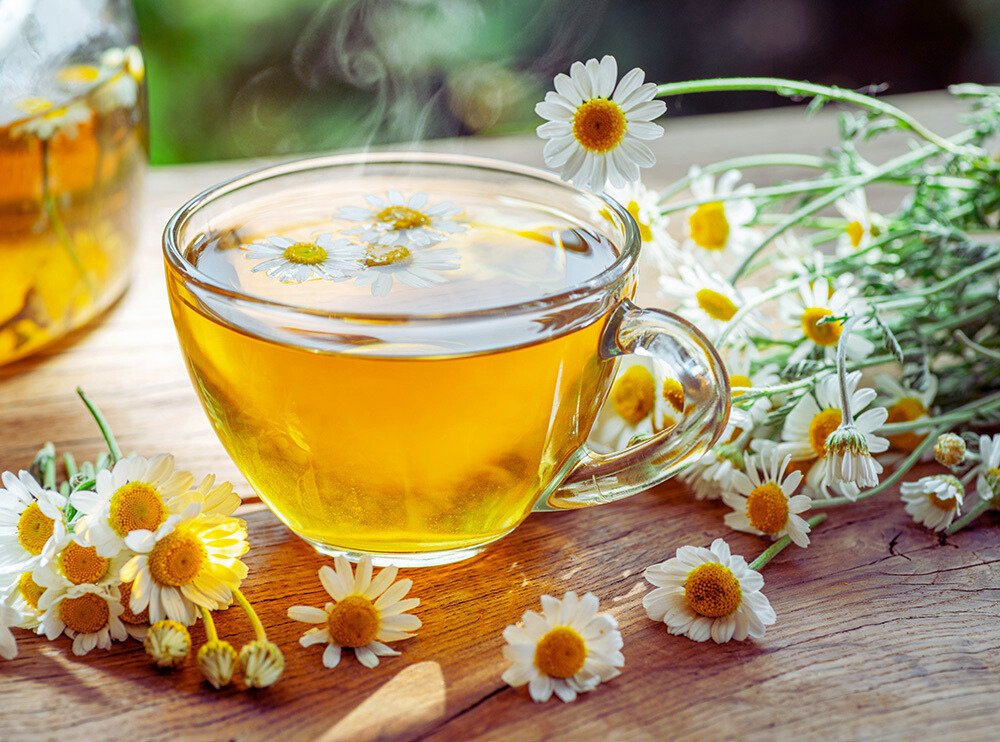
Chamomile is celebrated for its calming effects. An infusion of chamomile tea may help reduce stress and anxiety, factors that can impact the regularity of your menstrual cycle.
3. Peppermint Tea
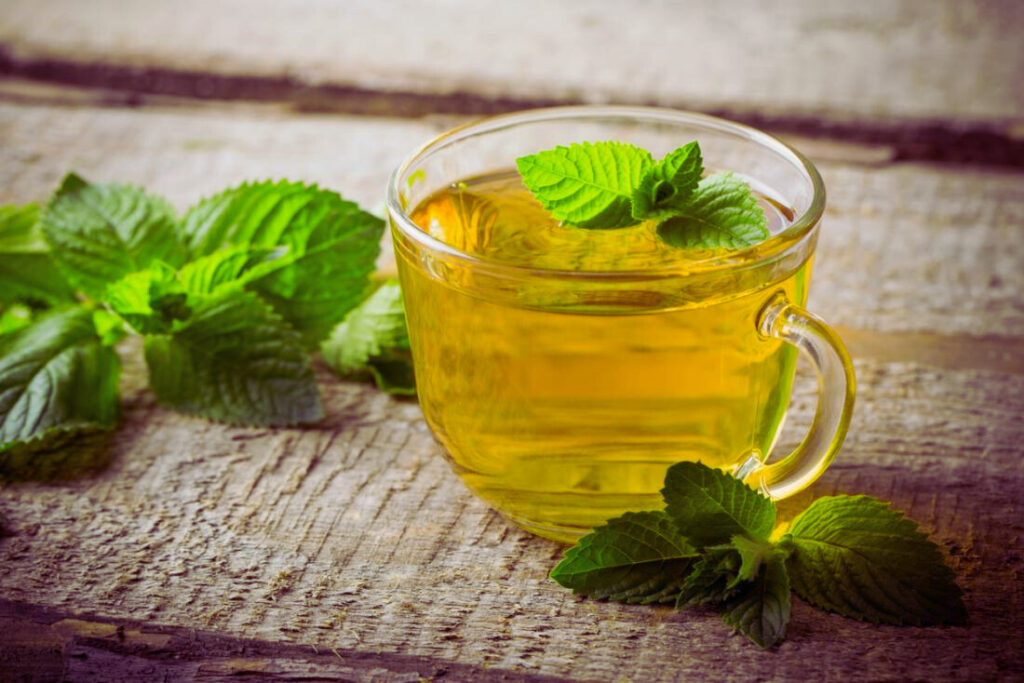
Peppermint tea is known for its soothing properties. It may help relax muscles and alleviate bloating, providing potential relief from premenstrual symptoms.
4. Raspberry Leaf Tea

Raspberry leaf tea is traditionally associated with uterine toning. It may be consumed throughout the menstrual cycle to potentially support reproductive health.
5. Dandelion Root Infusion
Dandelion root is believed to have detoxifying properties. An infusion of dandelion root tea may help support liver function, potentially influencing hormonal balance.
6. Fennel Seed Tea
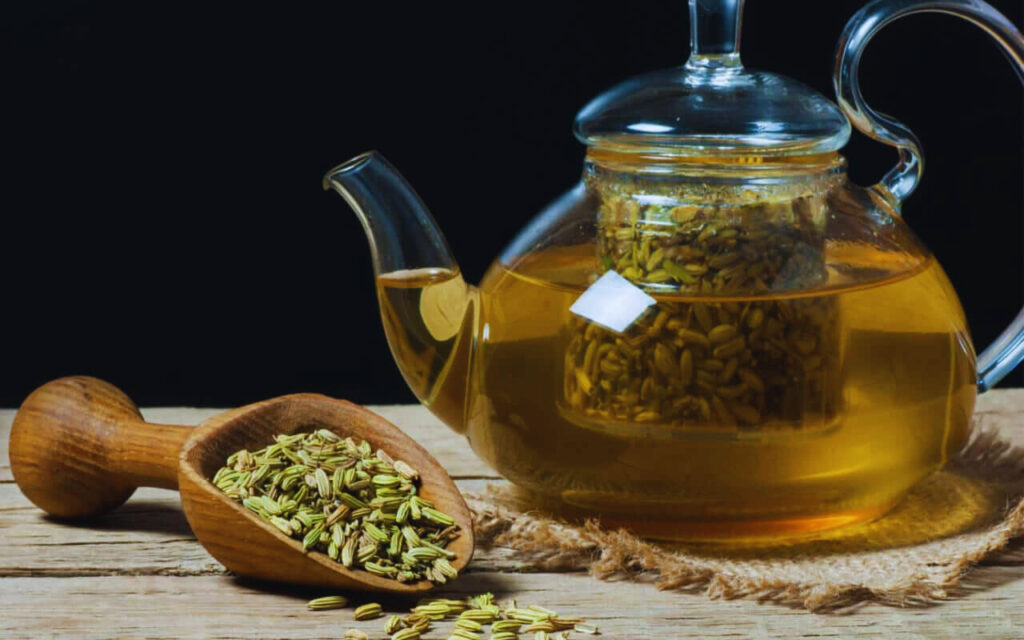
Fennel seeds are rich in phytoestrogens, which mimic the effects of estrogen in the body. Fennel seed tea may help balance hormone levels, potentially impacting menstrual regularity.
While herbal teas and infusions are generally considered safe, it’s essential to consult with a healthcare professional before introducing new remedies into your routine, especially if you have underlying health conditions or are taking medications.
In the following sections, we’ll explore traditional practices from around the world that have been linked to promoting menstrual wellness. Discover age-old remedies and their potential impact on inducing the timely onset of your period.
Traditional Practices for Menstrual Wellness
Drawing Wisdom from Age-Old Remedies

Traditional practices from various cultures have often been passed down through generations, valued for their potential to promote menstrual wellness. Explore these age-old remedies that may offer insights into inducing the timely onset of your period.
1. Ayurvedic Wisdom: Ashoka Tree Bark

In Ayurveda, the Ashoka tree bark has been traditionally used to support female reproductive health. While more research is needed, some believe it may influence menstrual regularity.
2. Chinese Medicine: Dong Quai

Dong Quai, a herb in traditional Chinese medicine, is often associated with women’s health. It’s believed to support hormonal balance and may be considered for menstrual wellness.
3. Native American Herbalism: Black Cohosh
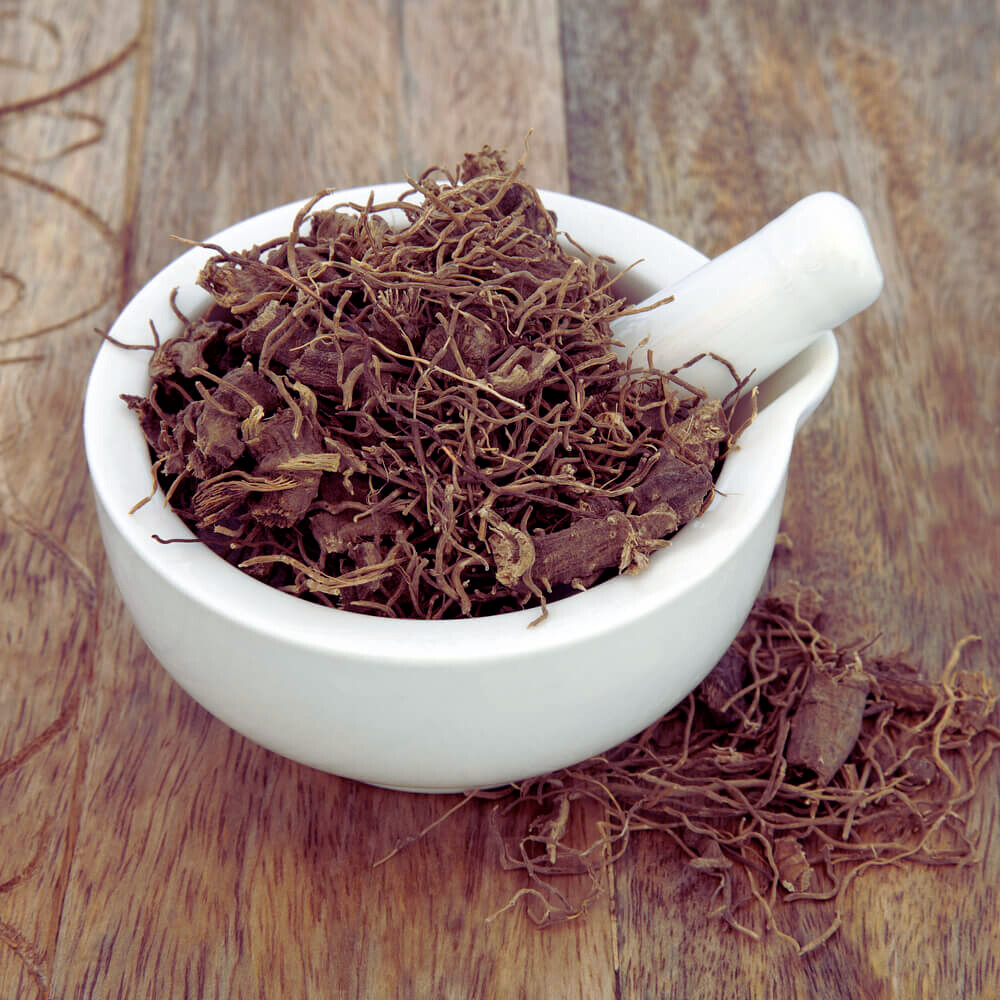
Black Cohosh, used by Native American herbalists, is thought to have hormonal effects. It may be explored for its potential impact on menstrual cycles.
4. Mediterranean Influence: Olive Leaf Extract

In Mediterranean traditions, olive leaf extract has been valued for its potential health benefits. Some believe it may contribute to overall well-being, potentially affecting menstrual health.
5. African Herbal Knowledge: Vitex (Chaste Tree)
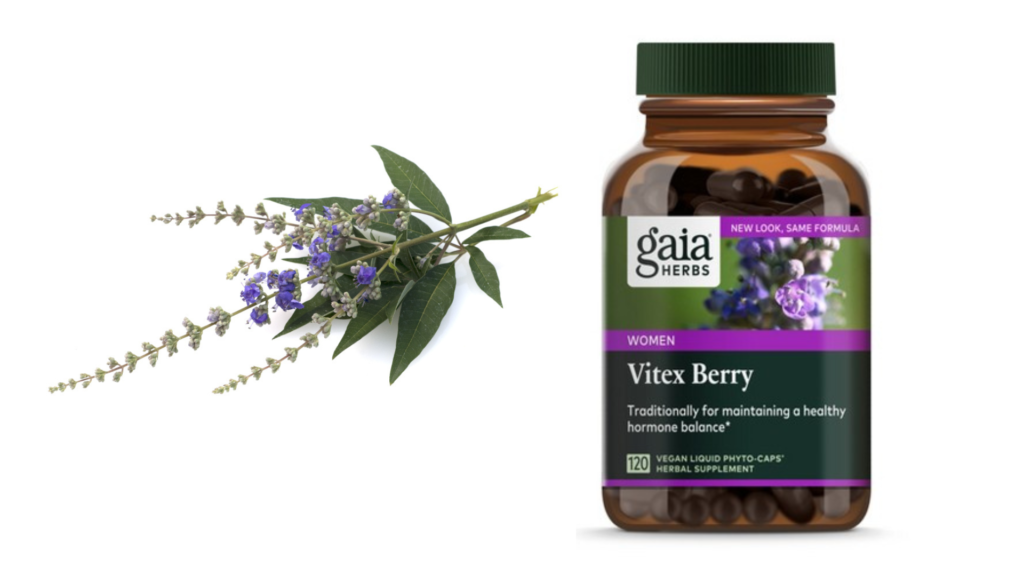
Vitex, also known as the chaste tree, has a history in African herbal practices. It’s believed to influence hormonal balance and may be explored for menstrual wellness.
6. Balinese Practices: Jamu Elixirs
Jamu, traditional herbal elixirs in Bali, often include ingredients like turmeric and ginger. While not directly linked to menstruation, these elixirs may support overall health.
It’s crucial to approach traditional practices with respect and an understanding that individual responses may vary. Consult with a healthcare professional before incorporating new remedies, especially if you have specific health concerns or are taking medications.
In the next section, we’ll address common questions related to the topic “how to get your period in one hour.” These frequently asked questions aim to provide additional clarity and insights.
Conclusion
In conclusion, understanding how to get your period in one hour involves a holistic approach, considering lifestyle, diet, exercise, and traditional practices. By incorporating these insights into your routine, you can empower yourself to navigate your menstrual cycle more confidently.
Read also: When is Raksha Bandhan? Unveiling the Sacred Thread of Love
FAQs (Frequently Asked Questions)
Can Stress Delay My Period?
Stress is a common factor that can influence menstrual cycles. While stress management techniques may help, it’s essential to understand how stress can potentially delay the onset of your period.
Are There Foods That Can Hasten Periods?
Certain foods are believed to have properties that may encourage the onset of menstruation. Explore dietary choices and their potential effects on expediting your period.
Is Exercising Safe During Menstruation?
Engaging in physical activity during menstruation is a personal choice. Discover the benefits and precautions associated with exercising during your period.
Can Herbal Teas Influence Menstrual Cycles?
Explore the world of herbal teas and their potential impact on menstrual cycles. Understand the science behind these remedies and how they may contribute to the timely arrival of your period.
How Long Does It Take for Lifestyle Changes to Affect Menstrual Cycles?
Patience is key when implementing lifestyle changes. Learn about the typical timeframes for lifestyle adjustments to influence menstrual cycles positively.
Are There Any Age-Old Practices That Still Work?
Traditional practices have been passed down through generations. Discover ancient remedies that continue to be valued for their potential to support menstrual wellness.




